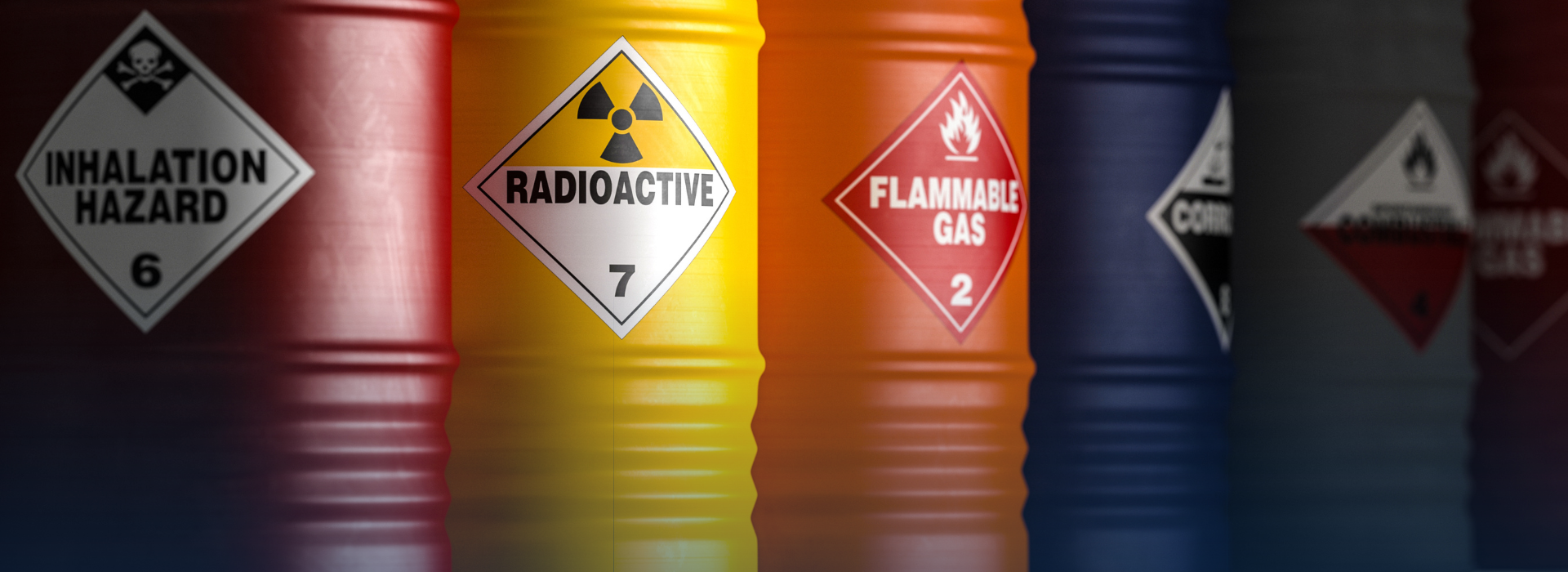
7 Jun 2024
Creating and maintaining an effective Hazard Communication (HAZCOM) program is crucial for ensuring workplace safety. The Occupational Safety and Health Administration (OSHA) mandates that employers must inform and protect their workers from hazardous chemicals. This comprehensive guide outlines the six critical elements of a compliant OSHA HAZCOM program, ensuring safety and compliance in your workplace.
1. Written HAZCOM Program
A written HAZCOM program is the foundation of any effective hazard communication strategy. OSHA requires that employers develop, implement, and maintain a written hazard communication program. This document should outline how chemical hazards are communicated in the workplace.
Key Components of a Written HAZCOM Program:
- Assignment of Responsibilities: Identify who is responsible for implementing each part of the program.
- Chemical Inventory Management: Describe how chemicals are inventoried and tracked.
- Labeling Procedures: Detail how containers will be labeled and updated.
- Safety Data Sheets (SDS) Management: Outline how SDSs are obtained, maintained, and made accessible.
- Employee Training Programs: Explain the training processes and frequency.
Reference: OSHA Hazard Communication Standard (29 CFR 1910.1200)
2. Chemical Inventory
Maintaining an accurate and up-to-date chemical inventory is critical for effective hazard communication. This inventory should list all hazardous chemicals in the workplace and be regularly updated to reflect any changes.
Steps to Maintain a Chemical Inventory
- Initial Inventory Creation: Conduct a thorough assessment of all chemicals in the workplace.
- Regular Updates: Implement procedures for regularly updating the inventory when new chemicals are introduced or removed.
- Organized Inventory: Maintain the chemical inventory alphabetically by chemical name and by manufacturer/supplier name, ensuring comprehensive and accessible records.
- SDS Accessibility: Ensure that Safety Data Sheets (SDS) are readily accessible to all employees. In recent times, a lot of organizations prefer transitioning from physical copies to electronic copies. Using applications such as using ChERS by OSHEPRO allows scanning QR codes to view or print SDSs which can enhance accessibility and efficiency.
Reference: Globally Harmonized System of Classification and Labeling of Chemicals (GHS)
3. Safety Data Sheet (SDS)
Safety Data Sheets (SDSs) are critical documents that provide detailed information about each hazardous chemical, including its properties, health hazards, protective measures, and safety precautions.
Key Information in an Safety Data Sheet (SDS):
- Identification: Product identifier and manufacturer information.
- Hazard Identification: Classification of the chemical and label elements.
- Composition/Ingredients: Information on chemical ingredients.
- First-Aid Measures: Instructions for initial care after exposure.
- Fire-Fighting Measures: Recommended firefighting procedures.
- Accidental Release Measures: Procedures for spills and leaks.
- Handling and Storage: Safe handling and storage practices.
- Exposure Controls/Personal Protection: Measures to minimize exposure.
Reference: OSHEPRO Factsheets, OSHA Quick Card on Safety Data Sheets
4. GHS Labeling
The Globally Harmonized System of Classification and Labeling of Chemicals (GHS) provides standardized labels for hazardous chemicals, enhancing communication and safety.
Elements of a Globally Harmonized System (GHS) Label:
- Product Identifier: Name or number used for a hazardous product.
- Signal Word: Indicates the severity of the hazard (e.g., Danger, Warning).
- Hazard Statements: Describe the nature and degree of hazard.
- Pictograms: Symbols representing the type of hazard.
- Precautionary Statements: Recommendations for safe handling, storage, and emergency measures.
- Supplier Information: Name, address, and telephone number of the manufacturer or supplier.
For many years, organizations have relied on HMIS and NFPA labels to communicate chemical hazards. However, the introduction of GHS labeling requirements has increased the administrative burden of preparing and printing these labels. OSHEPRO's SDS Management Software – ChERS simplifies this process by allowing you to print GHS labels in various formats on standard Avery labels using a regular office printer with color printing capabilities in just one click. This eliminates the need for special labels, printers, or additional work.
5. Change Management for New Chemicals
Managing changes when new chemicals are introduced is crucial to maintain an effective HAZCOM program. Proper change management ensures that all new chemicals are evaluated, and necessary information is communicated to employees.
Change Management Steps:
- Establish a Chemical Approval Process: Create a formal process for approving new chemicals before they are introduced into the workplace.
- Safety Review: Ensure the chemical approval process is reviewed and approved by the Safety/EHS department.
- Employee Feedback: Gather feedback from employees who will be using the new chemical to address any concerns and ensure safe handling practices.
- Develop Hazard and Safe Work Practices: Implement a system for identifying chemical hazards and developing safe work practices. Utilize SDS Management Software, such as OSHEPRO’s ChERS, which provides critical information through user-friendly infographic with just one click.
6. Employee Training
Training employees on hazard communication is essential for ensuring their safety and compliance with OSHA standards. Training should be comprehensive, covering all aspects of the HAZCOM program.
Key Training Topics:
- Hazard Communication Standard: Overview of OSHA HAZCOM requirements.
- Chemical Hazards: Information about specific chemicals and their hazards.
- Protective Measures: Instructions on how to protect themselves from chemical hazards.
- Emergency Procedures: Steps to take in the event of an exposure or spill.
- Labeling and SDSs: How to read and understand labels and SDSs.
- Tier II Reporting: How to simplify chemical inventory reports for regulatory compliance.
Training Methods:
- Initial Training: Provide comprehensive training to new employees.
- Refresher Training: Conduct regular refresher training sessions.
- Specialized Training: Offer additional training for employees handling particularly hazardous chemicals.
Implementing a robust and compliant OSHA HAZCOM program is essential for workplace safety. By developing a written program, maintaining an accurate chemical inventory, ensuring the availability of SDSs, using GHS labeling, managing changes effectively, and providing comprehensive employee training, employers can protect their workers from chemical hazards and comply with OSHA standards.
















.png)



.png)


.png)




.jpg)









